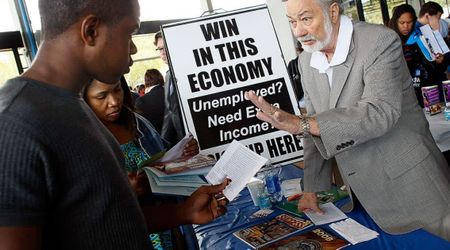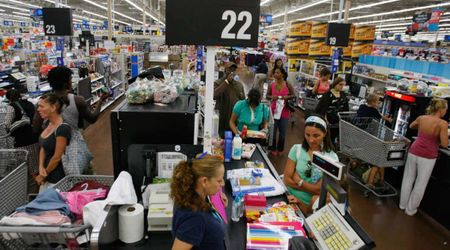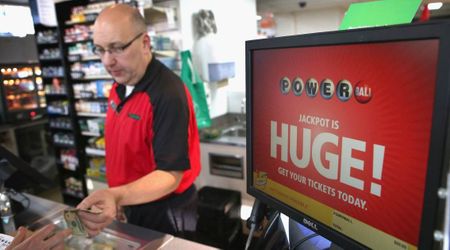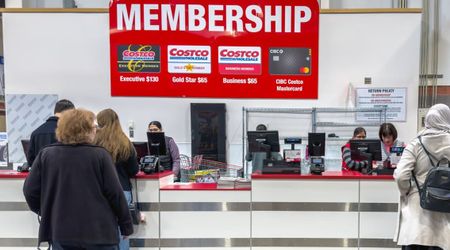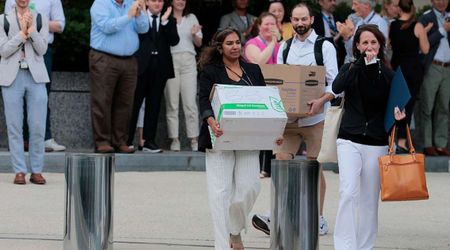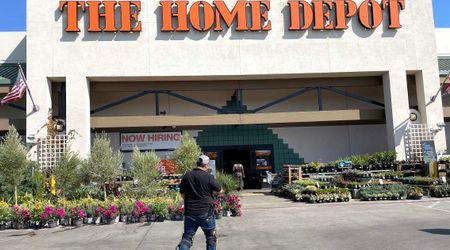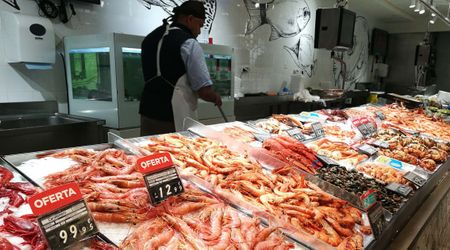Customers Across the US are now Experiencing Tipping Fatigue; Here's What That Means

Tipping has been a socially accepted norm across establishments in the US, from eateries to hotels and even at salons as well as stores. But while the practice seems normalized, findings of a recent survey conducted in the United States, show that nearly 72 percent of adults expressed feeling increased pressure to tip at restaurants and other establishments compared to five years ago. When selecting a venue to socialize with friends and family, individuals must now factor in not only the ambiance and menu options but also the anticipated tip amount on the bill.This trend has fueled a sense of tipping fatigue among people nationwide, and there's a lot that customers have to say.

With the advent of COVID-19, most of the restaurants and eatery outlets moved to digital contactless transactions. Many restaurants now present a default tip screen when customers settle their food bills, contributing to consumer frustration as some establishments preset tip amounts. Some restaurants have pushed boundaries by expecting customers to pay up to 35% in tips.
In a survey involving more than 780 U.S. consumers familiar with tip screens on tablets or mobile devices, it was discovered that 50% of respondents have experienced feelings of manipulation or deception when prompted to tip while paying on a checkout tablet in recent times. Moreover, 70% of participants expressed that they are being solicited for tips excessively.
Only 65% of respondents always tip at sit-down restaurants, down from 77% in 2019. Similarly, the percentage of adults tipping food delivery workers decreased from 59% in 2021 to 50% in 2023. Many American diners typically feel comfortable giving up to a 20% tip at sit-down restaurants, if satisfied with the service provided by staff.

Inflation is cited as a primary reason for the decline in tipping percentages and total tip amounts. Additionally, tip fatigue has set in, leading to more diners opting for "no-tip" digital payment options. The practice of tipping, however, extends beyond the hospitality industry and is prevalent in sectors such as entertainment and leisure.
While diners generally don't object to tipping culture as a whole, they express frustration over their lack of autonomy in determining when and how much to tip. For example, tipping at a café, where only a cup of coffee is served, is often perceived as unnecessary by many patrons. Diners desire the freedom to choose when to tip and how much.

Experts often recommend tipping around 15% at sit-down restaurants, with the option to extend the gratuity to 25% for exceptional service. Recognizing the essential role of tips for staff, federal regulations stipulate a minimum hourly wage of $2.13 for tipped employees. These individuals rely on tips to supplement their income, making it an important aspect of their livelihoods.
While tips serve as a motivator for staff to provide excellent service to diners, imposing them on customers has sparked outrage. Despite concerns about tip fatigue and consumer spending habits, tips still constitute 25% of the total income of many workers, and remain a crucial source of income.






